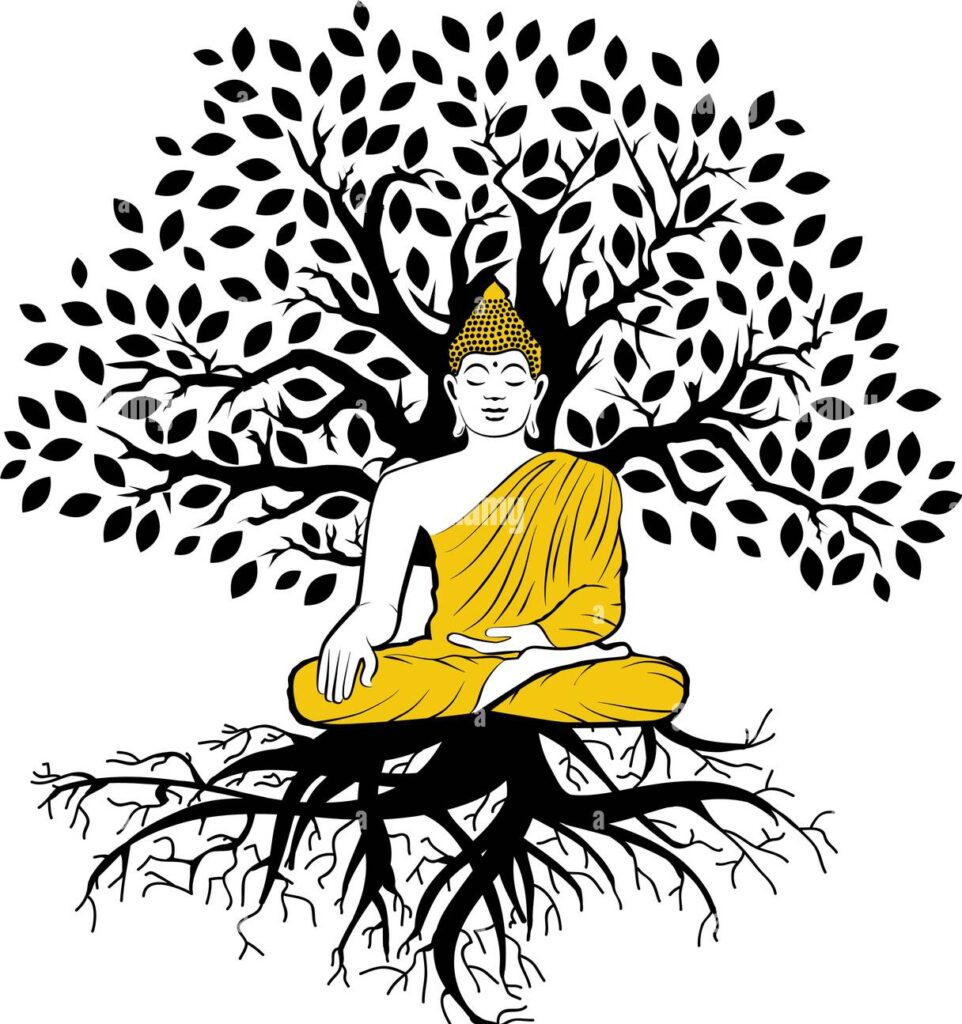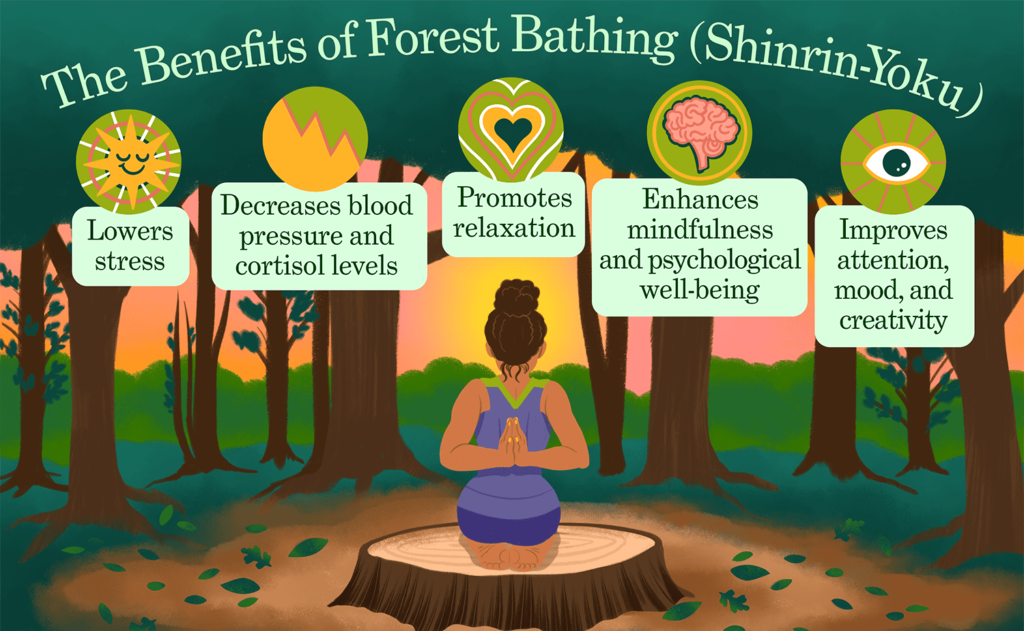Spirituality: Role of Trees in Enlightenment

Introduction: Spirituality means the recognition of a feeling or sense that there is something greater than myself or sensory experiences, and we are all part of that greater whole, which is cosmic or divine in nature. Trees are considered sacred in many cultures and have been worshiped almost universally. Many people feel vibrational energy in trees whenever they put their hands on their bark, and they also feel peace and serenity when walking in the shade of trees or when they hug a tree. Most significantly, trees are helping individuals recognise their inner consciousness, and thus, trees and spirituality have been sharing a deep relationship since ancient times.
Physiological effect of trees and enlightenment: Scientific studies suggest that viewing even an image of a tree or a forest canopy naturally induces calmness, and touching wood with the palm induces physiological relaxation.
Apart from these physiological effects, trees play a major role in human development by igniting our consciousness. For instance, trees can not only absorb carbon dioxide and transform it into oxygen, but they can also absorb negative forces and transform them into positive energy. Gautama Buddha, Socrates, Sri Amit Ray, and many other saints and sages became enlightened when they were in close contact with trees. Thus, we can say that ‘Trees say much to those who listen’.

Tree and Enlightenment of Gautam Buddha: Enlightenment is a deep transformation process of consciousness and feeling oneness with the whole world. In every religion, trees have been linked with spirituality, as in the Banyan tree mentioned in the Bhagavad Gita, the Fig tree in the Bible, and the Olive tree in the Quran. These all play a major role in the healing process through nourishing blood, strengthening the nervous system, contributing to a long and healthy life, and all of the above helping us to connect with the universe.
Gautam Buddha is believed to have attained enlightenment after 49 days of meditation sitting under a fig tree, now known as the Bodhi tree. Though for six years Siddhartha was involved in rigorous asceticism, enlightenment seemed no closer. Then he remembered that when he was a boy, he had spontaneously experienced great bliss and entered the first higher level of consciousness while sitting under an apple tree. After attaining enlightenment, Buddha expressed his gratitude and thanks to the tree for giving him shelter during the struggle and helping him to attain enlightenment.

Shinrin-yoku and Cultural Beliefs Related to Trees: The Japanese have long practiced Shirin-yoku, which is ‘forest bathing’ which means taking to the forest atmosphere to alleviate stress, aggression, fatigue, and feelings of depression. Similarly, there are various cultures across the globe that have woven profound connections between people and trees into their beliefs and traditions. One of the prominent examples is the villagers of Piplantri, in Rajasthan. Here, people celebrate the birth of each little girl by planting 111 trees in her honour. The entire village works together to plant and care for the trees. This tradition has had positive effects in the area by not only ensuring that the environment will be able to support the increasing population of the village, but it has also brought harmony and a drop in crime in the village.
Conclusion: Trees live for hundreds and even thousands of years and are considered keepers of past secrets and sentinels of the future. Watching their cycles of growth, shedding of leaves, and re-flowering in the spring, it is perceived that they are powerful symbols of life, death, and renewal. They stand very still, absorbing the Earth’s energy and universal forces from the cosmos. Thus, every element of the tree helps us and speaks in a way to connect our inner consciousness with that of the universe.
References –
https://blog.pachamama.org/people-and-trees-intimately-connected-through-the-ages
https://brill.com/display/book/9789047415619/BP000004.xml
About the Author–
Ms. Ranjana Vishnoi,
She is from Jodhpur, Rajasthan. Currently she is pursuing B A honours Political Science from Hindu College, University of Delhi.

